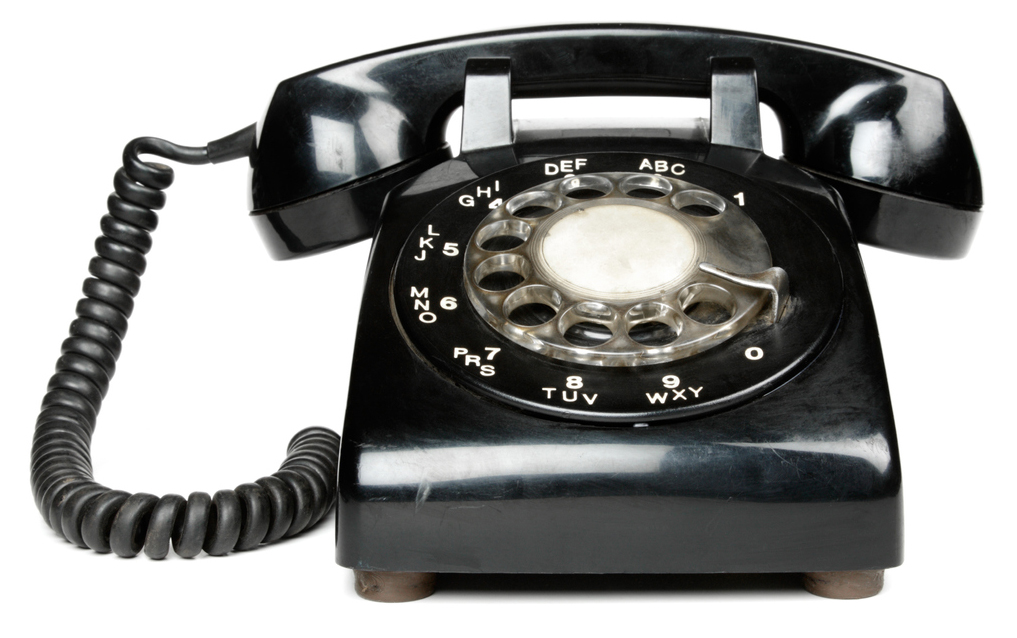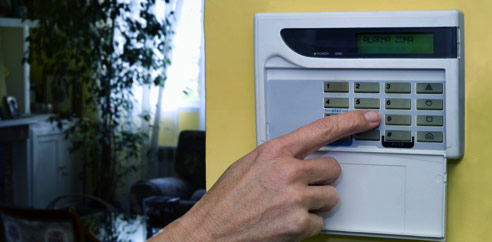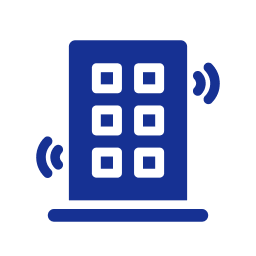 Stay Connected
Stay Connected
We are conducting a program to help customers whose security or fire alarm systems only send alarm signals over old fashion copper telephone lines or “bundled” Voice-over Internet Protocol (VoIP) phones associated with their cable TV/internet plan.
It is essential for these customers to upgrade their communication pathway now, before they experience communications failures, which are already happening now in many areas as the telecom companies continue to dismantle their older networks and replace them with digital technologies that are not reliable for alarm signals.
FAQs
Why can’t you use my phone line that’s worked well for decades?
The “old fashioned” phone network that sends analog signals over copper wires strung on telephone poles through every neighborhood is in decline. The legacy telecom companies like Verizon and ATT are no longer investing in old analog copper-wire phone systems and are transitioning to digital networks, both wired and cellular. This means, security systems have to adapt, to operate effectively in this hybrid environment of old and new networks, ideally with multiple means of sending alarm signals.
I have new phone service, bundled with my internet service, and it works for the alarm. Why change?
You may have noticed that the quality of the voice calls on your home phone often is not as good as it was years ago. That’s largely because of different protocols, and rapidly evolving technologies used by telecom companies today to send digital voice calls over the emerging hybrid networks.
In a similar way, the “bundled” telecom landscape is not always friendly to alarm signals. The digital platforms, usually without notice, undergo tech updates, some of which can degrade or delay alarm signal transmission. In some cases, the upgrades mean alarm signals no longer can get through.
What’s the solution?
Our best practice for new security and life-safety systems today is to have a minimum of two modern independent pathways for alarm signals— (1) a dedicated internet connection and (2) a cellular communicator as backup. Customers with this most recent configuration are well positioned.
We expect broadband internet connections to remain intact for many years into the future, and they are an efficient primary means of alarm signal communication. For redundancy and reliability, wireless cellular networks provide an excellent secondary pathway for alarm signals, even though that requires periodically updating the cellular communicator in an alarm panel, in the same way that we upgrade our smartphones every few years as the networks evolve.
This combined dual-path solution of internet and cellular communicators also has the benefit of supporting all the latest technologies including an app for your smartphone and connectivity to a video doorbell camera, for example.
Why is this an issue now?
For several years running, our engineering and operations teams have installed new hardware and software solutions that, so far, have been able to bridge the gap and maintain alarm signal flow over old copper phone lines and the bundled digital “phone services.” However, we’ve reached the point now that we believe the “phone services” pathway will never be 100% reliable, and the best practice for alarm monitoring must change to newer, more stable pathways. In recent years, because of intermittent communication failures, many of our customers have already upgraded their systems, to ensure reliability and also to enjoy new features now available, such as an app for their smartphone.
I have more questions.
If you have any technical questions, please call our team at 781-859-2220.

















